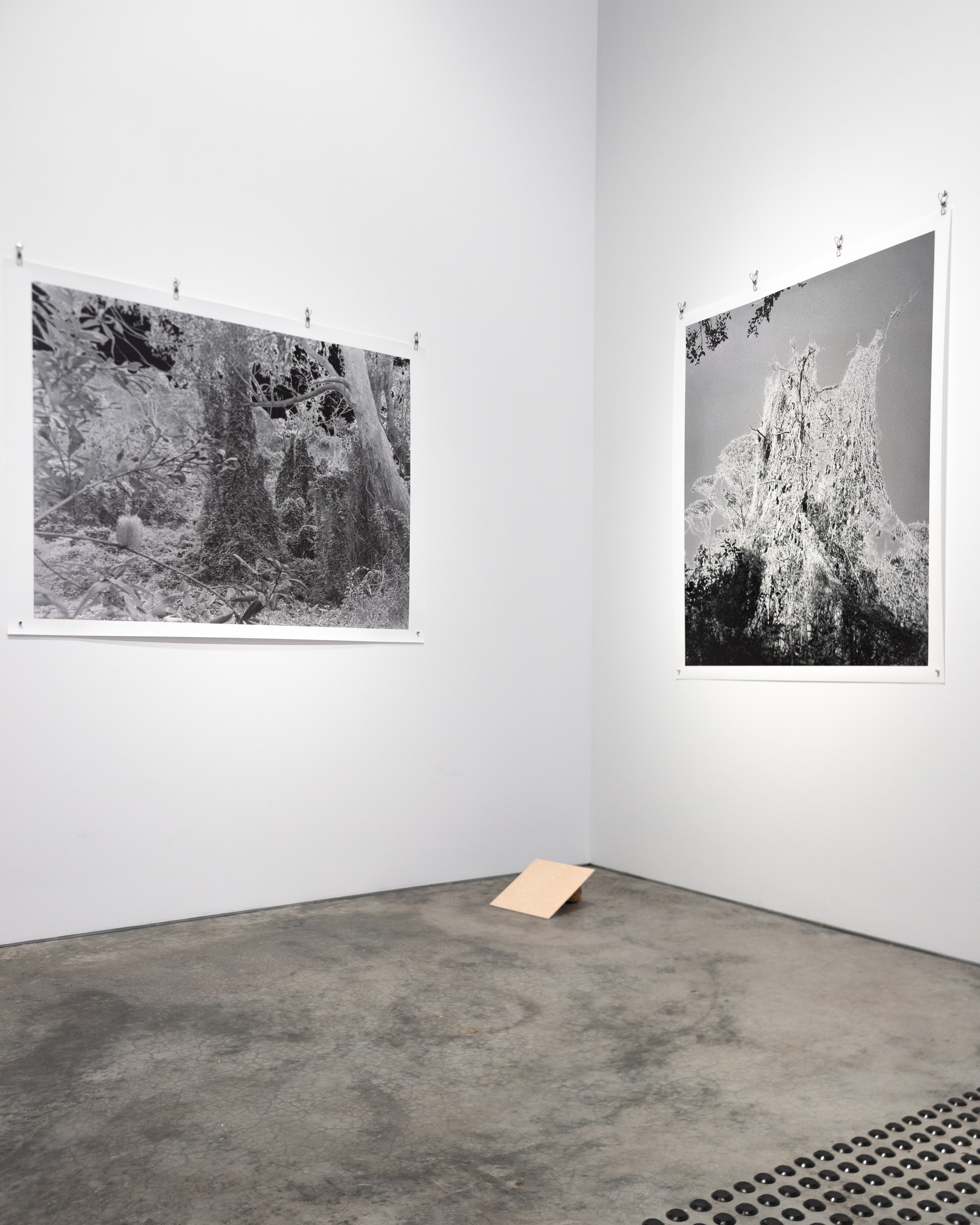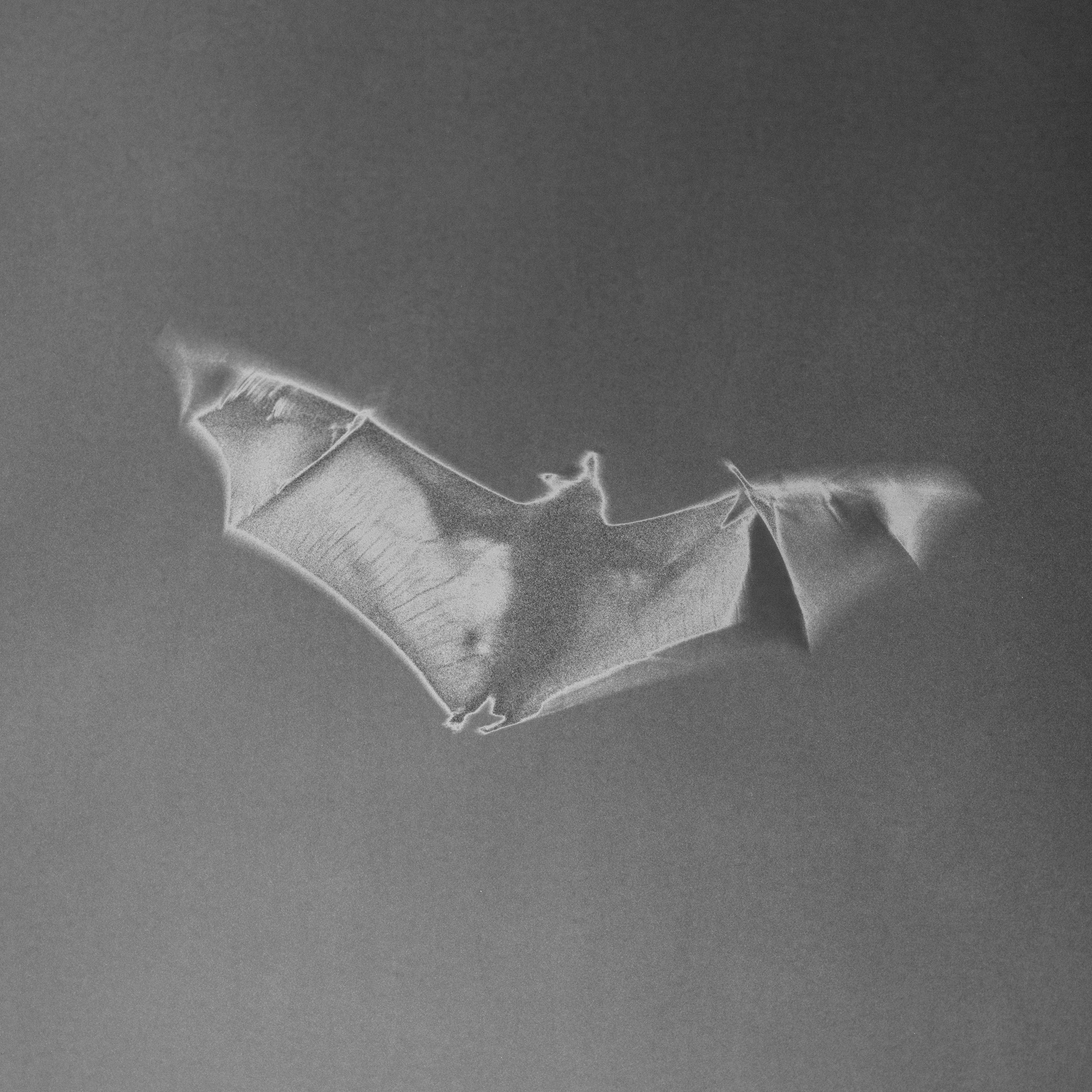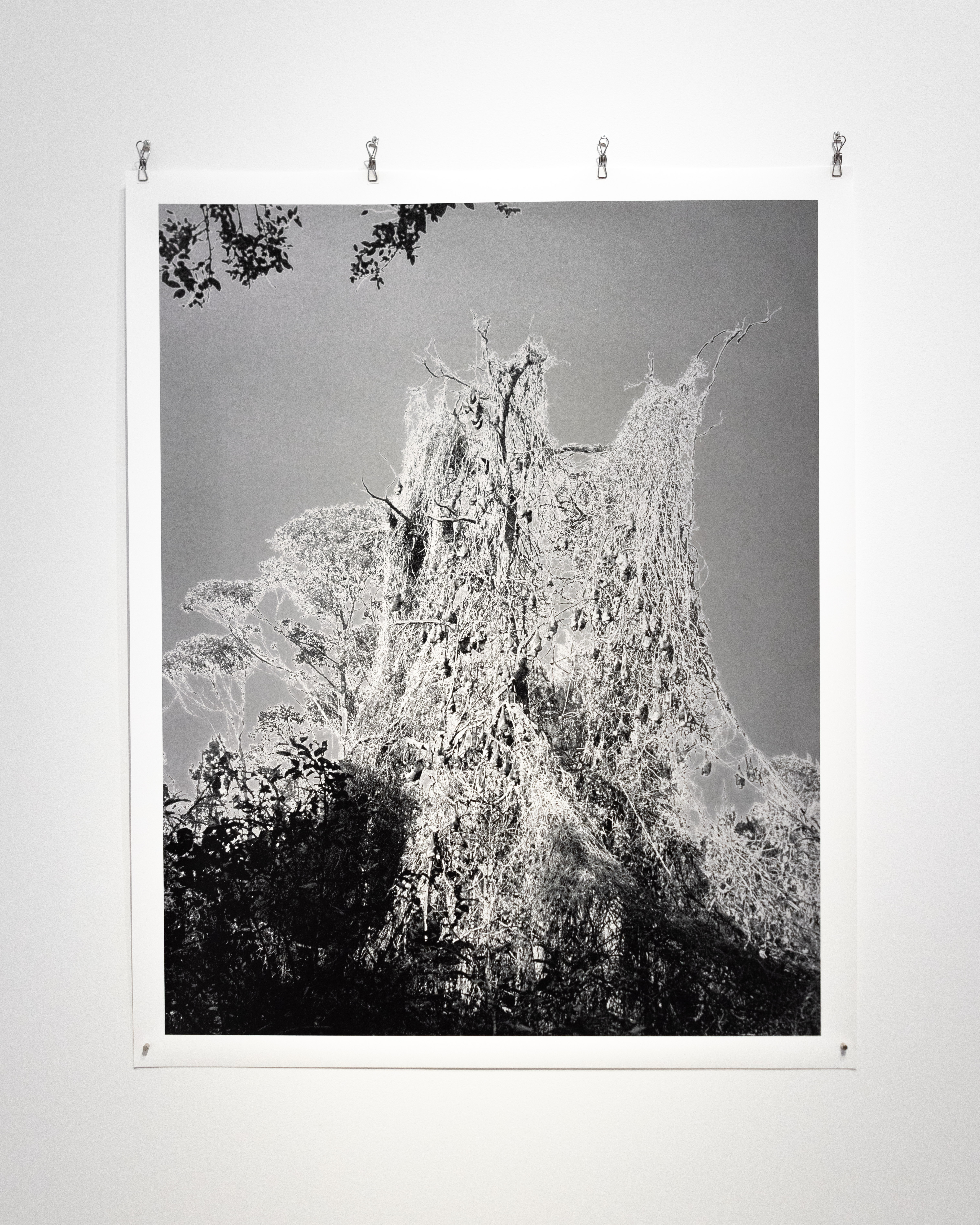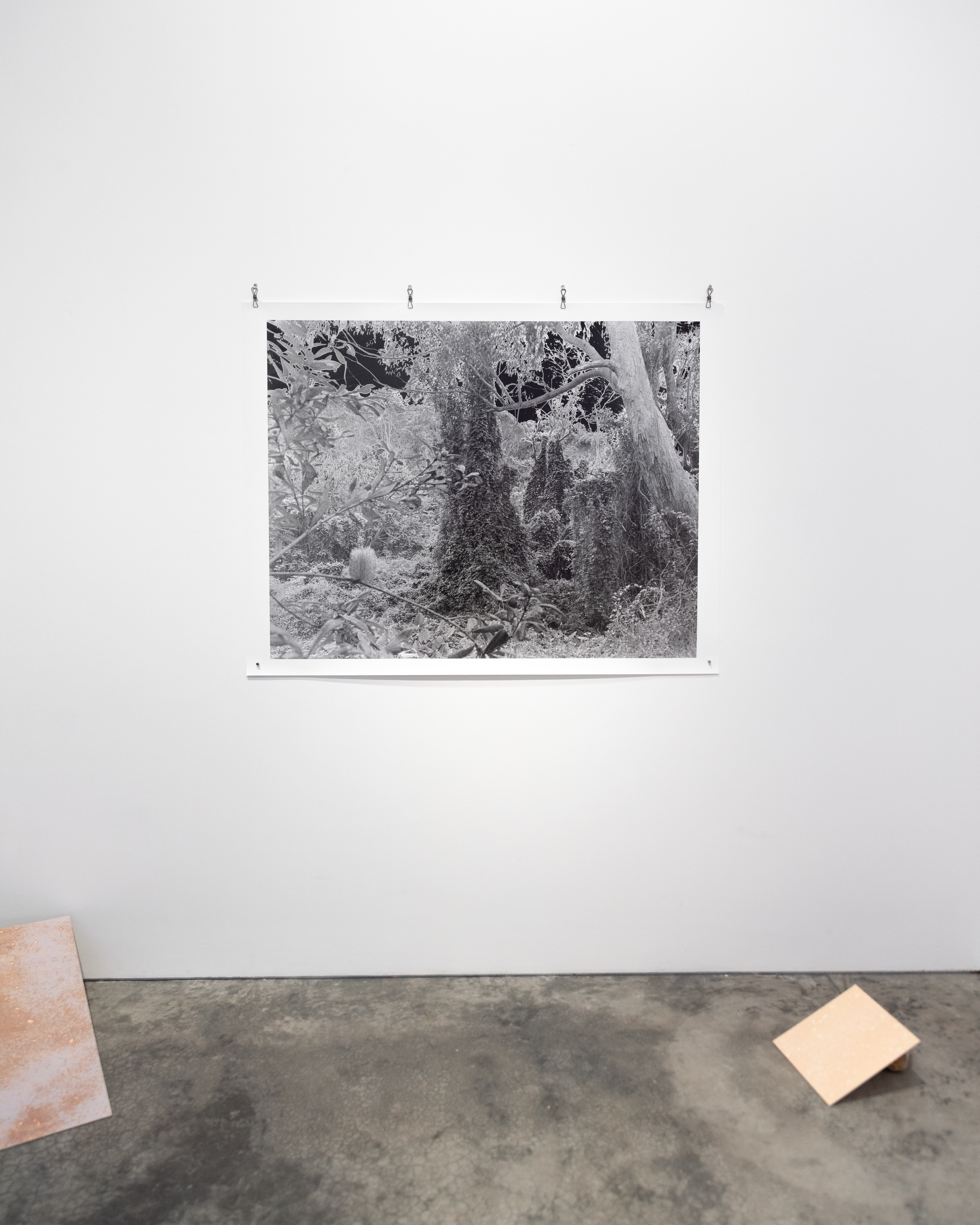




Ecotone, 2023
Ecotone is an ecological term used to describe the transitional area between two adjacent biological communities. The etymology of the word combines eco (home) with the Greek word tonos (tension).
To make a black and white photograph of a place is to immediately render the landscape abstracted, removed from reality by one step. Simultaneously familiar and unfamiliar. I set out to explore this nexus in making images for this series. I shot rolls of 35mm black and white film on several walks through Burnt Bridge Creek, processed the film and began experimenting with ways to print the images in the darkroom. When practicing analogue photography, images go through a series of fundamental inversions. The starting image – a black and white negative – transforms into a positive in the darkroom when making a print through enlargement and chemical processing.
Rather than make definitive formal and aesthetic decisions within this series, I wanted to leave things open-ended. I began experimenting with a technique called solarisation in making this work. Solarisation occurs when a print is removed from the developer tray before it has fully emerged and is exposed to another quick exposure of light. It is then placed back into the developer to continue processing. It is a magical and unpredictable process where you witness the highlights darken into deep tones, shadows surprisingly lift into pale silver highlights, and mid-tones remain much the same. Landscapes can simultaneously evoke night and day. There is often a glowing halo that emanates from certain lines or objects within the photo. The image partially transforms into a negative, though not completely – it is situated in the flux between the polar positive-negative binary that is the traditional framework for darkroom practice.
The photograph becomes a vessel of sorts, holding many meanings, experiences, perceptions, and visual outcomes. It is fragmented and open, revealing abundant possibilities for how a place can be experienced and expressed. The image and site both exist with plurality and multitudes of expression. There is a pace involved in making solarised work - a constant tension between two sources of light, the initial exposure, and the mid-development flash. No technical or perfect desired result, just each image with endless reconfigurations and possibilities. Watching the image, rise, shift, change and invert in the developer tray is not dissimilar to the magic of noticing details in the changing of seasons within a familiar landscape. Floating somewhere in the spectrum between positive and negative, the images evade reality whilst being tied directly to the enigmatic site. Ecotone investigates materiality, time, and a practice which is iterative both in its image-production and in its dependence on return visits to a landscape rife with tension and exchange.
